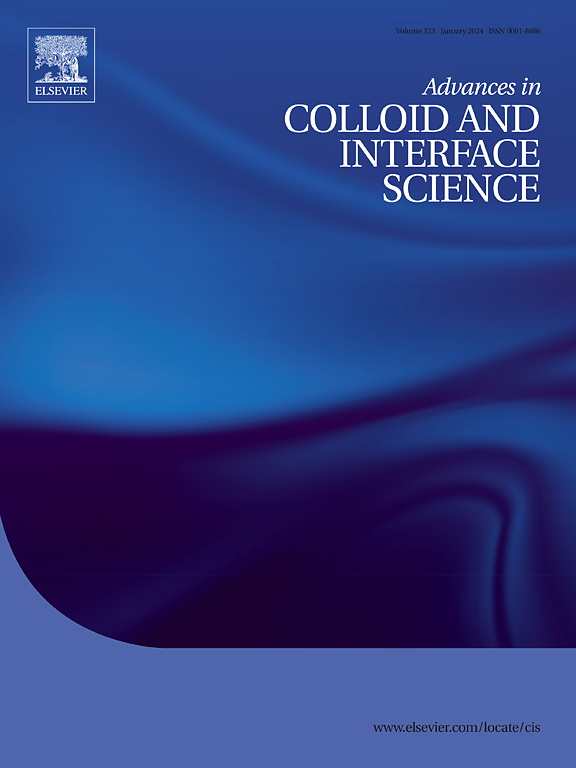3D printing of hydrogel nanocomposites: A symbiotic union for advanced biomedical applications
IF 19.3
1区 化学
Q1 CHEMISTRY, PHYSICAL
引用次数: 0
Abstract
Hydrogels have emerged as thriving materials for developing biomedical devices due to their biocompatibility and hydrophilic nature, encompassing various fields from biomedical engineering and pharmaceuticals to wound care and tissue scaffolding. Nevertheless, traditional hydrogels are beset with poor mechanical strength, limited controlled release of medicines, and irreversible chain breakage, all of which compromise their efficacy in practice. The desirable performance of hydrogels can be notably lifted upon incorporating nanomaterials, yielding tunable functions for devising next-generation biocompatible structures. Despite the alluring prospects offered by hydrogel nanocomposites, the processing of these materials is still in its infancy and remains full of challenges to produce personalized, tangible items. Herein, we endeavor to bridge the gap between hydrogel nanocomposites for biomedical applications with additive manufacturing processing, providing a useful guideline for comparing and selecting viable three-dimensional (3D) printing approaches. We review the background of synthesizing hydrogel nanocomposites along with the key concepts toward biomedical applications, featuring a survey on the recent reports on 3D printing of hydrogel nanocomposites for developing customized tissues, drug delivery, bioadhesives, wound dressing, and biosensors.

水凝胶纳米复合材料的3D打印:先进生物医学应用的共生联盟
由于其生物相容性和亲水性,水凝胶已成为开发生物医学设备的蓬勃发展的材料,涵盖了从生物医学工程和制药到伤口护理和组织支架的各个领域。但传统水凝胶存在机械强度差、药物控释受限、不可逆断链等问题,影响了其在实际应用中的效果。在加入纳米材料后,水凝胶的理想性能可以显著提高,为设计下一代生物相容性结构提供可调功能。尽管水凝胶纳米复合材料提供了诱人的前景,但这些材料的加工仍处于起步阶段,要生产个性化的、有形的产品仍然充满挑战。在此,我们努力弥合水凝胶纳米复合材料在生物医学应用与增材制造工艺之间的差距,为比较和选择可行的三维(3D)打印方法提供有用的指导。我们回顾了水凝胶纳米复合材料的合成背景以及生物医学应用的关键概念,重点介绍了3D打印水凝胶纳米复合材料用于开发定制组织,药物输送,生物粘合剂,伤口敷料和生物传感器的最新报道。
本文章由计算机程序翻译,如有差异,请以英文原文为准。
求助全文
约1分钟内获得全文
求助全文
来源期刊
CiteScore
28.50
自引率
2.60%
发文量
175
审稿时长
31 days
期刊介绍:
"Advances in Colloid and Interface Science" is an international journal that focuses on experimental and theoretical developments in interfacial and colloidal phenomena. The journal covers a wide range of disciplines including biology, chemistry, physics, and technology.
The journal accepts review articles on any topic within the scope of colloid and interface science. These articles should provide an in-depth analysis of the subject matter, offering a critical review of the current state of the field. The author's informed opinion on the topic should also be included. The manuscript should compare and contrast ideas found in the reviewed literature and address the limitations of these ideas.
Typically, the articles published in this journal are written by recognized experts in the field.

 求助内容:
求助内容: 应助结果提醒方式:
应助结果提醒方式:


